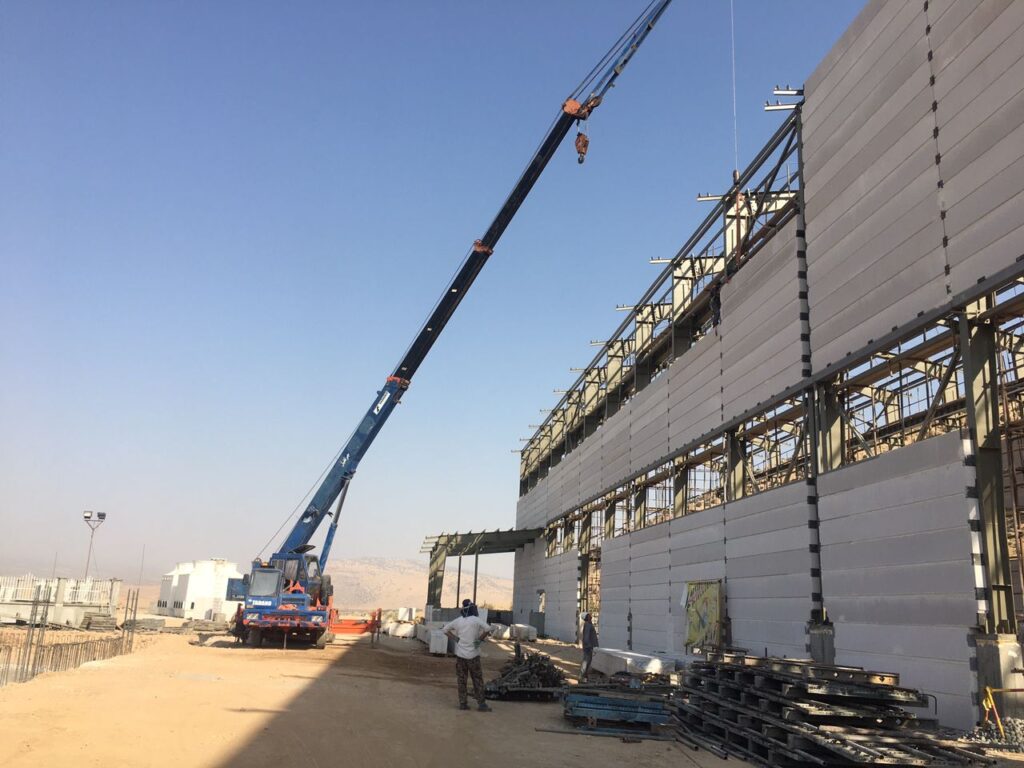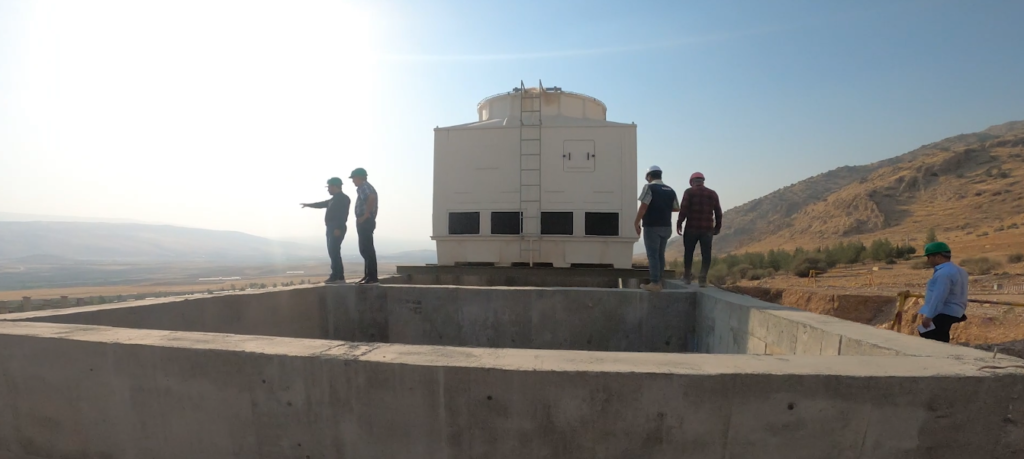Realated posts

Executive Board Member of Sadr Tamin Holding Visits Stone Paper Factory Construction Project
Tehran- An executive board member of Sadr Tamin Investment Company paid a visit to a project to construct a factory to produce stone paper in Ilam on Monday, September 4.
Ali Mahmoudi Moghanlou, a member of the board of directors and deputy managing director of Sadr Tamin Investment Company (TASSICO) for planning, traveled to the western province of Ilam to visit the stone paper factory project.
Mahmoudi was briefed on the latest progress of the project, which was underway by Pars Tamin Mines Development Company, by local officials, the website of TASSICO reported.
He emphasized while visiting different parts of the project that Sadr Tamin Holding had a supportive view of the project and would not give up its help to speed up the execution of the project.
The Ilam stone paper factory is the first of such projects in the country using blowing technology. Located in the Sarableh industrial town, the factory is extended over a land area of 28,000 square meters. Once inaugurated, the factory will have a production capacity of 5,000 tons of stone paper each year. The factory, once constructed, will employ 250 workers directly and indirectly. The factory is an environmentally-friendly industry and is being built in compliance with environmental rules and principles.
Domestic suppliers will provide suitable feed for the stone paper production, which are micronized calcium carbonate powder and polyethylene.
The target market for the factory’s product will be the production of writing paper, notebooks, etc. The stone paper is extremely hard-wearing and more tear-resistant than conventional cellulose paper. Its flame-retardant material is water-resistant. Stone paper uses forest resources much less than conventional paper and is 100 percent recyclable. Once its production starts, it prevents the import of paper, spending the country’s foreign exchange reserves on the import while there is also a potential for its export.





